Shotokan Karate - The Complete Guide to Okinawan Karate
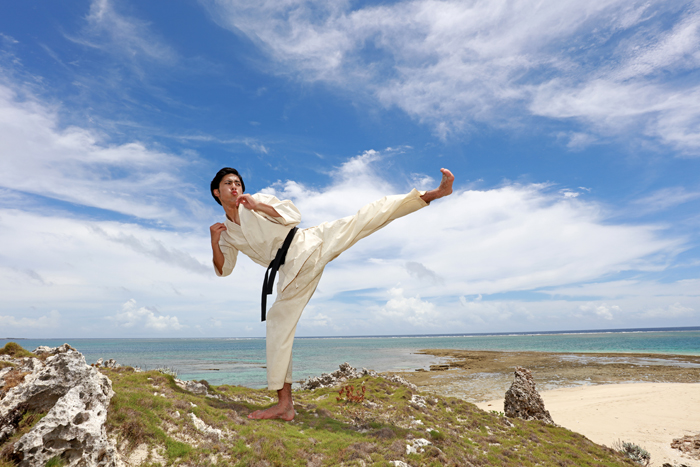
Shotokan Karate is a unique style of karate with origins dating back to Okinawa, Japan. This form of Okinawan karate is a blend of disciplined techniques and philosophical teachings. Shotokan Karate is designed to create a strong body and mind through training and dedication to the martial art. In this post, I will explore the foundations of Shotokan Karate, where it came from, and how it strengthens both the mind and body.
The History of Shotokan Karate
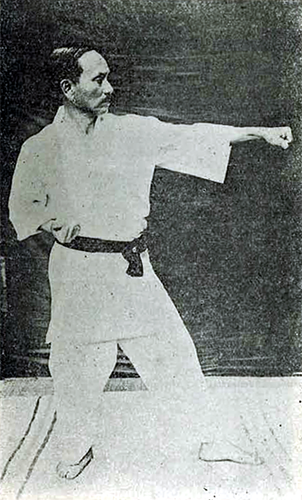
Throughout the ages, Shotokan Karate has experienced a transformation. It was initially rooted in Okinawa and enriched by Buddhist philosophies and Chinese martial arts. These are the same influences that have shaped numerous Japanese martial arts traditions and eventually led to the creation of Shotokan Karate.
Gichin Funakoshi, Shotokan’s Founding Father
The origins of Shotokan Karate lead us back to Okinawa, Japan, in the early 20th century. It all began when an Okinawan local named Gichin Funakoshi developed the martial art through studying various forms of karate. Funakoshi had practiced both Shōrei-ryū and Shōrin-ryū, two Japanese karate styles that were popular at the time.
Building upon his extensive knowledge of Japanese karate styles, Gichin Funakoshi utilized his knowledge to create Shotokan karate. He emphasized simplicity, directness, and practicality in training, which he believed were essential for effective self-defense.
Funakoshi’s karate style had gained popularity in Okinawa, and by the late 1910s, he had gained a large following of students. However, only a small percentage of them were seen to be qualified to pass on their master’s wisdom. This made Funakoshi want to spread his martial arts knowledge even further, and so he ventured to Tokyo to pass on his knowledge of his newly founded style of Shotokan Karate. His journeys to Tokyo were a success, and he even pioneered the first karate dojo in Tokyo in 1936. From Tokyo, Karate spread to the rest of the world, and this is why Gichin Funakoshi is often credited as being the father of Karate.
What makes Shotokan Karate so special is its philosophy, and much of this philosophy comes from Gichin Funakoshi. He was an avid believer in Chinese and Japanese philosophical teachings, and his studies in them developed the philosophical foundation for Shotokan Karate. Even the name ‘Shotokan’ originates from Funakoshi’s pen name, Sht, meaning ‘waving pines,’ paired with ‘kan’, denoting a place of learning. This is a popular way of naming something by its meaning in Chinese and Japanese philosophies. Funakoshi was not only a martial artist; he was also a poet, and he would often go for long walks in nature to meditate and write his poetry.
Global Expansion
Following the passing of Gichin Funakoshi in 1957, his disciples ensured that Shotokan Karate’s influence spread across the world. The Japan Karate Association played a crucial role in making this happen, standardizing Funakoshi’s techniques and teachings for a global audience.
During the 1960s, renowned karate masters, including Hirokazu Kanazawa and Taiji Kase, took up the mantle to introduce Shotokan Karate on an international stage. Presently, with dojos and associations rooted in numerous countries worldwide, Shotokan continues to be revered as a symbol of fortitude and self-control.
Core Principles
As a philosophical man, Gichin Funakoshi created a philosophical framework for Shotokan Karate. This is articulated through a set of rules, the Twenty Precepts, or Niju Kun, a guiding philosophy of twenty instructions passed onto each student. He used these principles to embed ethical and moral guidelines into the martial art and therefore created not only a discipline but a way of life.
Central to this practice is a focus on both mental fortitude and technical skill, depicted by guiding maxims that encourage self-reflection, empathy towards others, and crafting tactics responsive to adversaries’ maneuvers. Through Niju Kun’s core principles, Shotokan represents the pursuit of personal growth and often promotes the concepts of adaptability, robustness, and modesty.
Japan Karate Association
Established by the disciples of Master Gichin Funakoshi in 1948, the Japan Karate Association (JKA) has been instrumental in propagating and standardizing Shotokan Karate. Tasked with the global promotion of this martial art form, JKA expanded its reach to an international audience.
Honored as the honorary head post-establishment, Master Gichin Funakoshi is recognized as the creator of Shotokan Karate. The contributions of Master Funakoshi have shaped karate through the imparting of numerous pivotal techniques and foundational principles within this discipline.
Training in Shotokan Karate
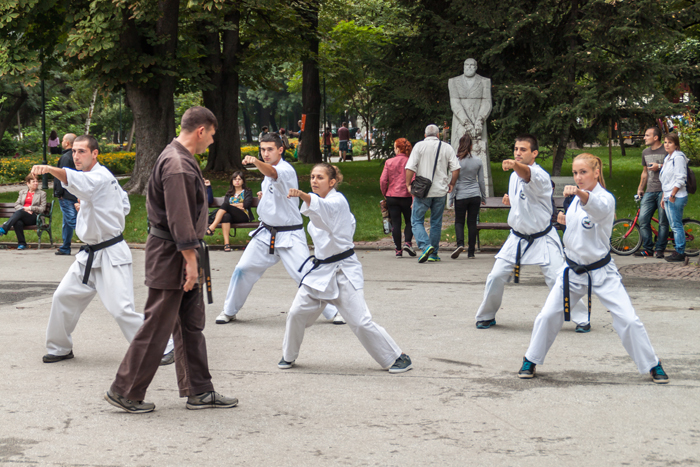
Training in Shotokan Karate is methodical and structured around the three main pillars of Shotokan training.
Kihon (basics): Students practice foundational techniques like punches, blocks, and kicks.
Kata (forms): Students learn the sequence and flow of techniques through forms simulating combat against imagined opponents.
Kumite (sparring): Students engage in controlled sparring matches to apply their techniques in a more dynamic and realistic setting.
A typical Shotokan Karate training session starts with warm-up exercises, followed by Kihon, then Kata, and finally Kumite. The practice of sparring (Kumite) provides a controlled setting where the techniques learned in Kihon and Kata are applied against an actual opponent.
Training usually concludes with a cool-down period, which typically includes stretching to reduce muscle tension and the risk of injury. Testing for belt advancement in Shotokan Karate requires students to demonstrate their skill and understanding of Kihon, Kata, and Kumite, aligned with the criteria set for each rank.
Kihon (Basics)
Kihon, or basics, covers fundamental basic techniques such as:
stances
punches
blocks
kicks
It serves as the starting point in Shotokan Karate and is inherently a tool rather than the sole objective. Students practice fundamental techniques either individually or in various combination drills. The journey of mastering Kihon begins with formal stances and evolves towards adopting a natural and fluid posture as the practitioner advances.
Practical Kihon training enhances fitness, increases speed, improves coordination, and aids mental development, underscoring the importance of a balanced practice that supports overall martial art proficiency.
Techniques
The techniques of Shotokan Karate blend dynamic stances, punches, blocks, and kicks, making it a perfect example of traditional karate. Essential stances include Zenkutsu Dachi (front stance), Kiba Dachi (horse stance), and Kokutsu Dachi (back stance), which form the foundation for technique execution.
Punching techniques such as Choku-Zuki (straight punch), Oi-Zuki (front lunge punch), and Gyaku-Zuki (reverse punch) require learners to understand how to make a proper fist. The art also encompasses a range of kicking techniques, from the basic Mae Geri (front kick) to the more advanced Ura Mawashi Geri (hook kick).
Essential blocks like Age-Uke (the rising block) and Gedan Barai (downward sweeping block) form the basics of defense. The techniques mentioned are intended to be performed in a very disciplined manner, and although Shotokan Karate may sound like kickboxing, in practical terms, the punches are very straight and the kicks are performed to be precise. This is quite unique, as Shotokan Karate is particularly disciplined when teaching technique, leaving little room for adaptations.
Propper technique in Shotokan Karate emphasizes correct form, power, and control. Techniques are usually performed with a shout of ‘kiai’ used to intensify the effectiveness of the movements. Shotokan Karate revolves around perfecting techniques and making them as effective as possible.
Kata (Forms)
Kata in Shotokan Karate consists of predefined sequences of movements that simulate combat scenarios, serving as the culmination of individual training. Practicing kata enhances a karateka’s fighting spirit and rhythm by allowing the execution of techniques at full force in a controlled environment.
Kata ranges from the 1st kata form of Heian Shodan all the way to Unsu, the 26th kata form. Practicing kata is a great way to train the following characteristics, which will help with the core fundamentals of Shotokan Karate:
Form
Power
Speed
Eye Contact
Breathing
Fighting Rhythms
Kiai
While kata requires the precise execution of techniques, practitioners are encouraged to understand the difference between kata form and the flexibility needed for real combat application.
Kumite (Sparring)
Kumite is the practice of sparring in karate; this is where the fundamental techniques (Kihon) and the form techniques (Kata) are applied against real opponents. This is done to develop functional skills and learn how to use karate techniques in real-life situations. Shotokan Karate features several types of Kumite, including:
Yakusoku Kumite (pre-determined sparring)
Jiyu Kumite (free sparring)
Tanren Kumite (training sparring)
Kihon Kumite (basic sparring)
Yakusoku Jiyu Kumite (pre-determined free sparring)
Different Kumite formats target specific objectives, such as:
Physical and mental preparation
Reaction without emotion
Mastery of combat elements like body shifting and timing
Applying the principles of budo or competition-focused strategies
Sparring allows Shotokan practitioners to progress to more advanced and freestyle forms of Kumite. It is designed to build skills and understanding at a karate school.
The Shotokan Karate Community
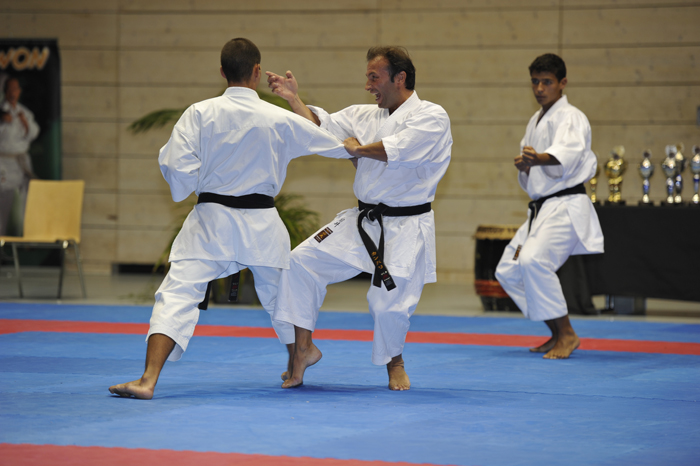
Organizations like Shotokan Karate of America and the International Shotokan Karate Federation have played an important role in broadening the reach of the Shotokan community. This global expansion has been achieved by their efforts in hosting great events and tournaments.
International Shotokan Karate Federation
Master Okazaki founded the International Shotokan Karate Federation (ISKF), which separated from the JKA and became an independent organization in 2007. The federation’s mission is to promote unity and peace worldwide through the common values inherent in Shotokan Karate, while also staying dedicated to maintaining and advancing traditional Japanese karate through superior training methods.
Notable Events and Competitions
The ISKF organizes major events such as the World Shoto Cup and Master Camp USA, which are pivotal in the international promotion of traditional Shotokan Karate. The World Karate Championships, overseen by the World Karate Federation (WKF), are the premier global competition for karate, where Shotokan karateka’s compete in both kumite and kata events, including individual and team categories.
Since the World Karate Championships were held in Tokyo in 1970, the event has expanded, welcoming women to competitions since 1980 and serving as an illustrious platform for Shotokan practitioners to demonstrate their skills.
The Nisei Week Karate Exhibition & Tournament is the oldest karate demonstration in the United States, dating back to 1934, and brings together practitioners from various dojos to compete and exhibit their martial arts skills.
Getting Started with Shotokan Karate
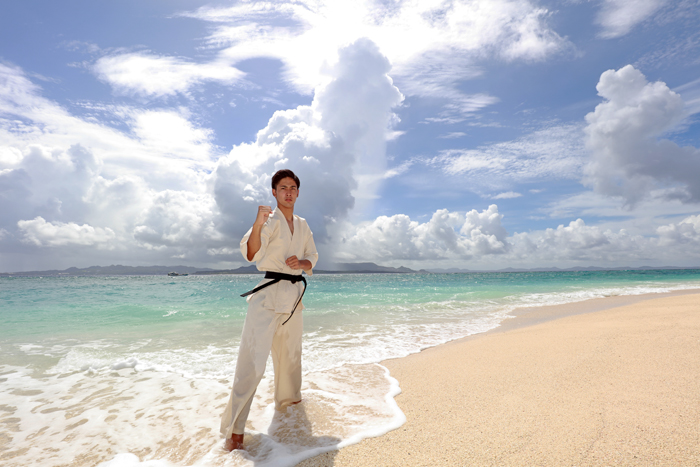
If you are ready to start your Shotokan Karate journey, then now is the time to look for a suitable dojo and acquaint yourself with beginner terminology and Karate culture.
You can begin your Shotokan Karate practice by locating the nearest dojo and observing a class. Another great way to prepare for your Shotokan Karate training is by researching the glossary provided by Shotokan Karate of America (SKA), which includes audio recordings for proper pronunciation and definitions of Japanese karate terms. From there, you can embrace the customs and traditions of Shotokan Karate by learning about dojo etiquette and the respect that is central to the discipline.
Finding a Dojo
Once you are ready to really start your training, you will need to find a dojo. Choosing the right Shotokan dojo is a critical step for students to ensure they receive quality instruction and a great learning experience. You can find a dojo through personal referrals, online searches, including reading reviews and watching videos, and by checking the karate school’s website.
It’s important to assess whether the dojo’s culture and the instructor’s way of teaching match your learning style and personal development goals. If a Shotokan dojo does not have an online presence, contacting them directly or attending a trial class can provide valuable insight into the atmosphere of that school.
Preparing for Training
Prior to embarking on their Shotokan karate journey, practitioners must acquire a traditional uniform known as a gi. This attire is worn to display discipline and unity within the dojo and should be perfectly white and clean, symbolizing respect for the training space and cleanliness. It is very important that this uniform is well-maintained and not to attend training in a messy or dirty uniform.
As novices get ready to start their training in Japanese karate, they are advised to familiarize themselves with the key terms used in Shotokan. This ensures they can follow the instructor’s guidance and commands efficiently during their karate sessions.
Etiquette and Respect
In Shotokan Karate, proper bowing is a critical aspect of etiquette; this symbolizes respect and humility. It includes standing bows at the beginning and end of class, kneeling bows in the seiza position, and bows upon entering and exiting the dojo.
Shotokan Karate classes adopt a structured opening and closing procedure, which includes ranking order, meditation, recitation of the dojo kun, and expressing gratitude to the instructor, along with bowing to training partners. This dojo etiquette serves as a way to show mutual respect before and after practice sessions.
Addressing individuals appropriately in the dojo is part of the respect culture, where ‘Sensei’ or ‘Shihan’/‘Kyoshi’ for advanced black-belt instructors is the proper way to refer to instructors. Etiquette and respect are very important, but do not worry; if you are a beginner in Shotokan Karate, the master will teach you this through your classes.
Frequently Asked Questions
How does Shotokan Karate compare to other martial arts?
The striking techniques of Shotokan differ greatly from boxing and kickboxing. Other styles allow for variations in technique due to the individual’s style; however, Shotokan is very strict and teaches techniques in a particular way. This creates discipline and ensures that the techniques are performed perfectly, but it doesn’t allow individuals to express themselves freely, like with other forms of freestyle fighting.
Shotokan might not fit well into mixed martial arts or other forms of freestyle fighting because of how strict it is. Some people love this aspect of Karate as it teaches them discipline and allows them to perfect specific techniques. If you are looking to learn the core fundamentals of striking and develop discipline at the same time, I believe Shotokan Karate is a great martial art.
What is the focus of Shotokan Karate?
Shotokan Karate emphasizes the cultivation of mental discipline alongside the advancement of physical technique, aiming to produce a martial artist who is balanced in both aspects.
Who was the founder of Shotokan Karate?
Gichin Funakoshi, often referred to as the ‘father of modern karate,’ established Shotokan Karate.
What are the three pillars of Shotokan Karate Training?
Kihon (basics), Kata (forms), and Kumite (sparing) represent the core elements upon which Shotokan Karate training is established. These provide a solid framework for cultivating proficiency and expertise within the discipline of Shotokan.
How does one choose a Shotokan Karate dojo?
When selecting a dojo for Shotokan Karate, it’s beneficial to look into recommendations from others, peruse ratings and feedback, as well as view online footage to determine if the culture of the dojo and its instructional methods resonate with your educational preferences and individual objectives. Visiting the dojo in person or attending trial classes is a great way to gain knowledge of the atmosphere too.
Summary
Shotokan Karate originated in Okinawa, and it is now practiced worldwide. It is a martial art that blends physical capabilities with mental strength. The fundamental components of its training include Kihon, Kata, and Kumite, each contributing to the development of practitioners.
If you are considering Shotokan Karate, keep in mind that it is a transformative path that transcends self-defense. It represents an ongoing quest for self-improvement, disciplined living, and respect. Now ask yourself, are you prepared to step into the world of Shotokan Karate?
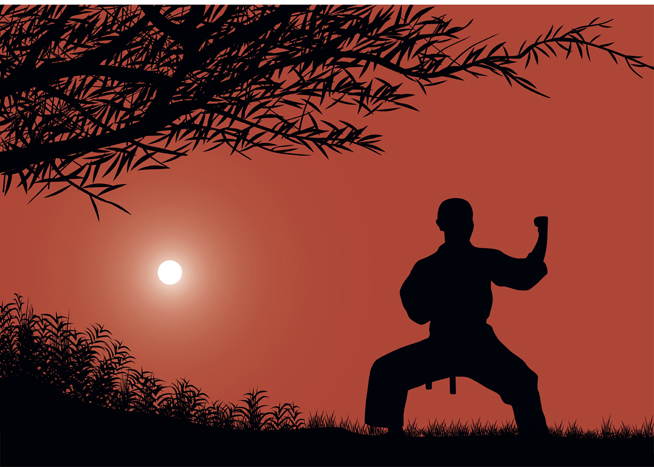
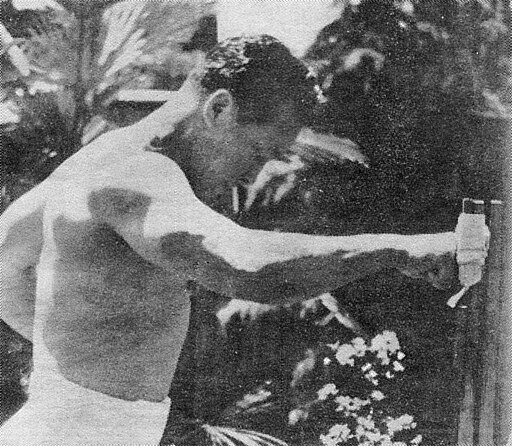

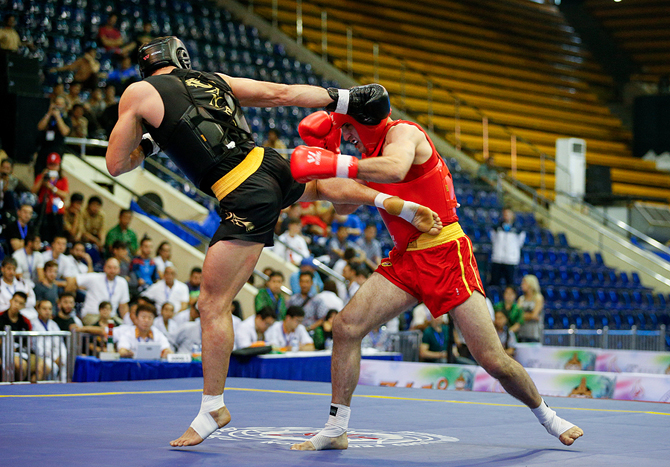
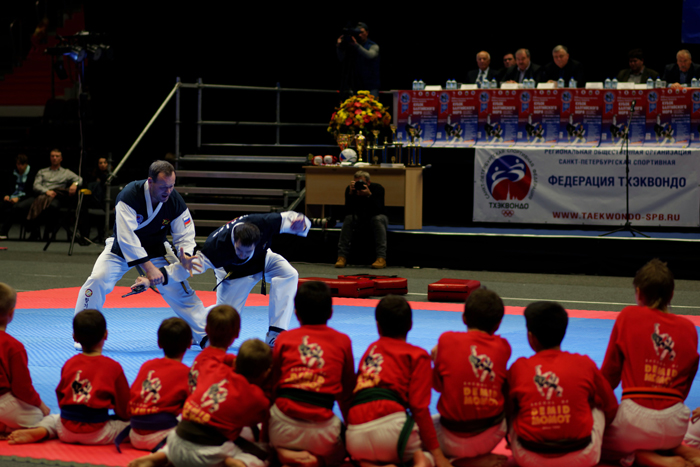
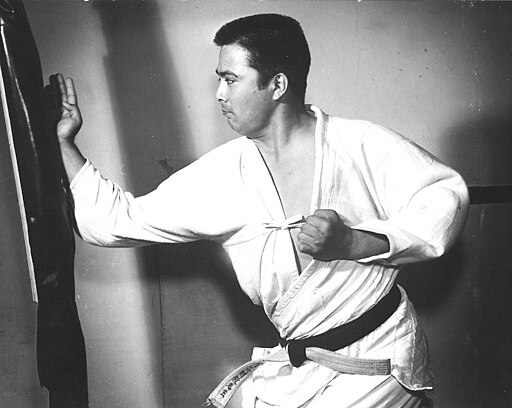
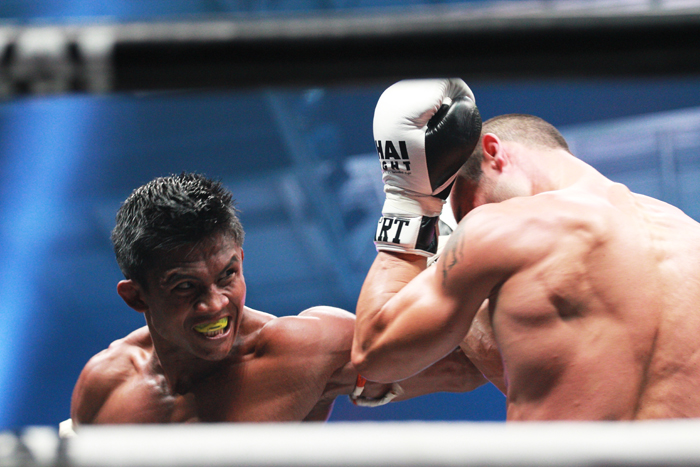

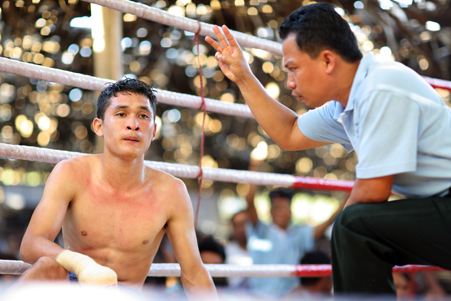
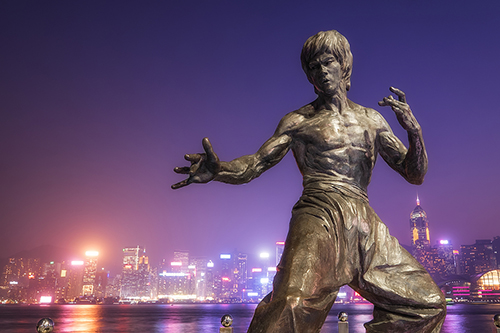
Pingback: Goju Ryu Karate: Okinawan Karate and Its Unique Techniques